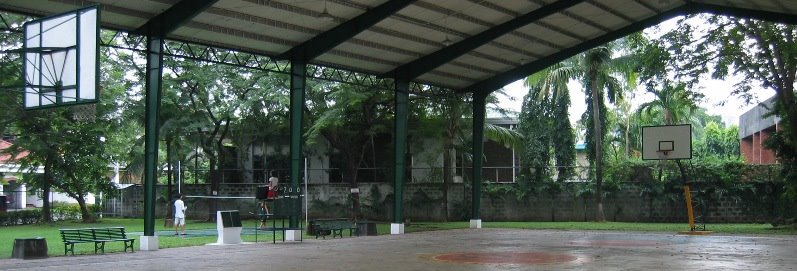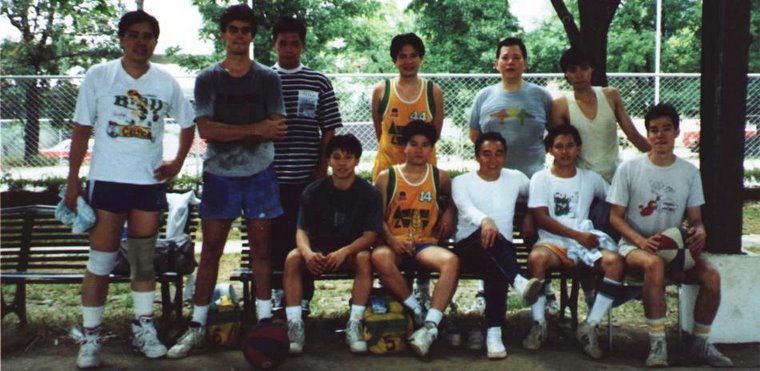 This just in: Basketball is banned in Manila! The national sport is doomed!! No, actually the headline refers to a recent ban on street games which block traffic. Good luck with that one.
This just in: Basketball is banned in Manila! The national sport is doomed!! No, actually the headline refers to a recent ban on street games which block traffic. Good luck with that one.
Having just returned from Manila, I can attest they have a lot bigger problems with traffic than a few street games. Still, the article is pretty funny, especially the quote from the mayor which reminds people that "roads were constructed to provide easy access to motorists in going to and from their destinations." They're also "also designed to interconnect with each other to ease traffic flow." Thanks, mayor.
(I checked this headline in the local Philippine papers, and they don't include the goofy quote, but I still think the mayor may have said it)
Manila, Philippines (AHN) 8/20/07-- The mayor of the Philippine capital Manila on Monday ordered a ban on street basketball saying playing the popular ball game in the middle of the streets endangered both the players and motorists. Mayor Alfredo Lim directed Carlos Baltazar, the chief of Manila's department of public services, to serve notice to all village chiefs to enforce the ban.
The order also asks village chiefs to remove all basketball courts that have been put up in the middle of the streets or major thoroughfares.
Basketball is the most popular ball game in the Philippines and it is very common for basketball courts to be constructed in the middle of the streets.
But Lim said motorists have been complaining about the practice because some streets were rendered impassable after player shut them down from end to end when playing the game, especially if there is on-going "street ball tournaments." In some instances, fights have broken out between the passing motorist and the players.
The mayor is asking for the cooperation of basketball enthusiasts to heed the ban and allow motorists to pass along their streets because those streets belong to vehicles. He said the city government had constructed sports complexes in strategic places where basketball fans can play the game.
He further explained that streets, roads and thoroughfares were constructed to provide easy access to motorists in going to and from their destinations. They were also designed to interconnect with each other to ease traffic flow.

















